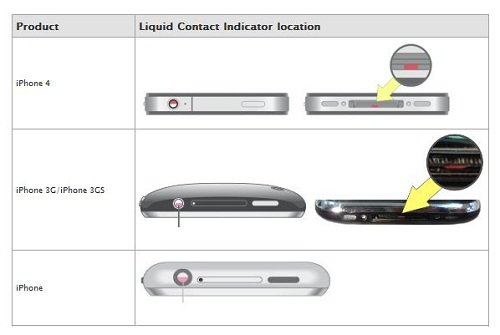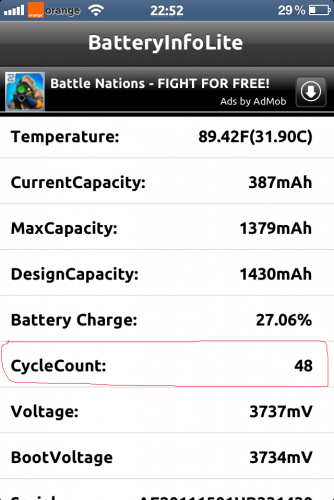Everything You Need To Know When Buying An iPhone – Part 2
You can find the part 1 here. Further check the jack, stick a pair of headphones into it and see if the music sounds good. I have encountered cases where the jack does not recognize 100% the headphones (that’s why I indicated you a pair of headphones compatible with the iPhone). Also, verify that the phone recognizes the buttons on the headphones that come with an iPhone. One click: start/stop the music or answer and hang up a call. Two clicks go to the next track, three clicks go to the previous song. Check to see if these functions are functional. Then give a song to the maximum, preferably one with more bass, ensure that those headphones sounds good at full volume.
Furthermore, check the receiver phone. Initiate a call, make audio sample as they say, to see if you hear the other one good. If everything is ok, look at the receiver to see if dirt is excessive or not.
Now to more serious stuff. If the phone that you purchase has guarantee, look at the two sensors aka “Liquid Contact Indicators” that detects if your device has been in contact with any liquid or not.
These sensors must be of a light color, white-pink, that is not activated. If you see a darker color, the phone was in contact with a liquid, in this case the guarantee is no longer valid. Attention, only if a sensor has been activated, you lose your warranty.
Now enter in the phone menu and test its Wi-Fi. Wi-Fi is very important to operate, given current technology. If you can, ask the seller to meet at a coffee shop, McDonalds, where there is Wi-Fi to test the function. Connect to Wi-Fi and run a page in Safari to see if it loads the website and “walk” a bit on Wi-Fi to see if the signal is interrupted.
Further test the GPS function by accessing the iOS Maps application (you need an internet connection, either Wi-Fi or 3G).
An important aspect for a buyer is the battery. How can we check the battery? If the seller has jailbreak the phone, you can ask him to let you install Cydia tweak BatteryinfoLite from the BigBoss repo for free. After installation, open the application and will give an image that looks like this:
“Cycle Count” = number of cycles that charges the battery. The phone should have as few charge cycles as possible, the battery should be close to its normal capacity. (You will never find a phone with 100% battery, but is indicated to find one with not too much difference). If your phone has 400 cycles for example, the iPhone has 80% of its battery capacity.
Well, this is true for those with jailbreak.
For those without jailbreak, the only way is to enter the Serial Number of the phone on this website. By entering your SN on that site, we can see the week/month/year of the phone’s manufacture (note that the resulting information is not always true, a gap of a few months may exist).







 Buying An iPhone
Buying An iPhone 